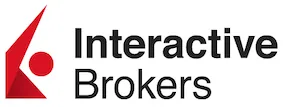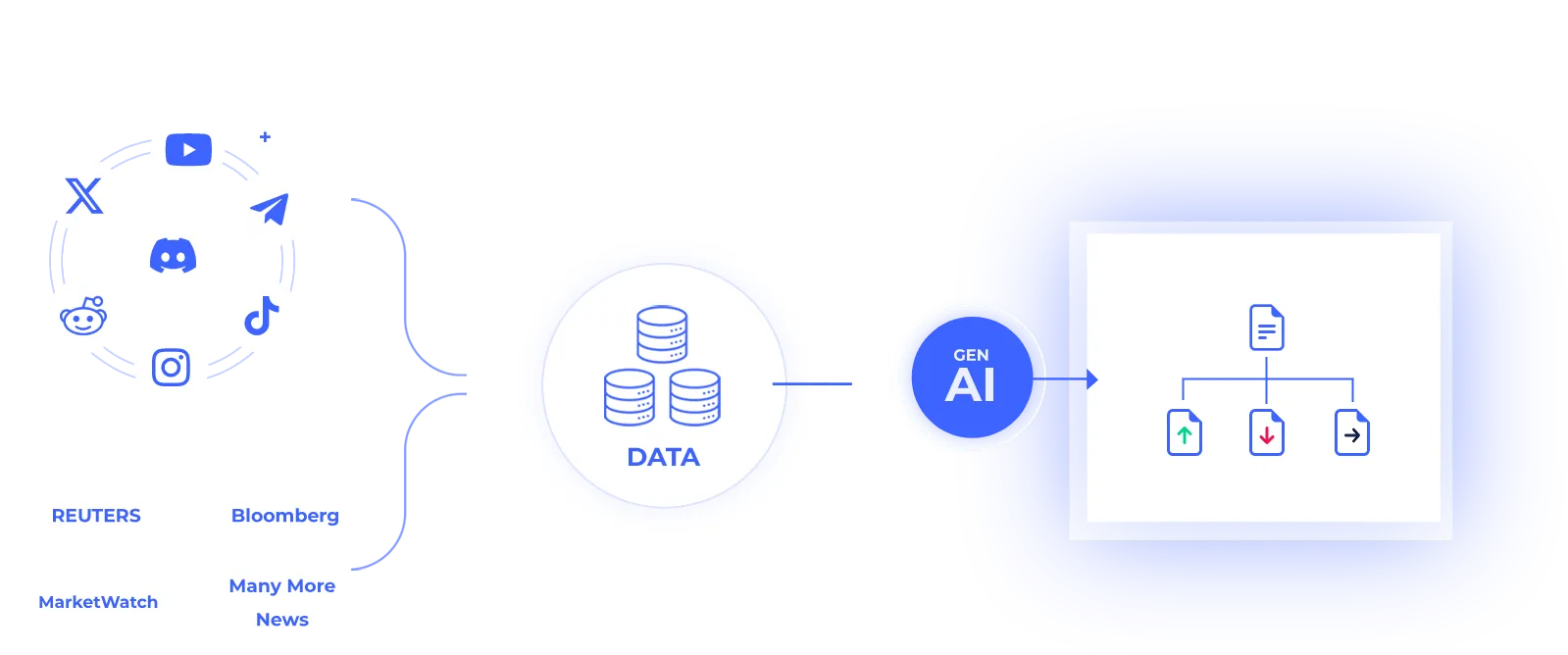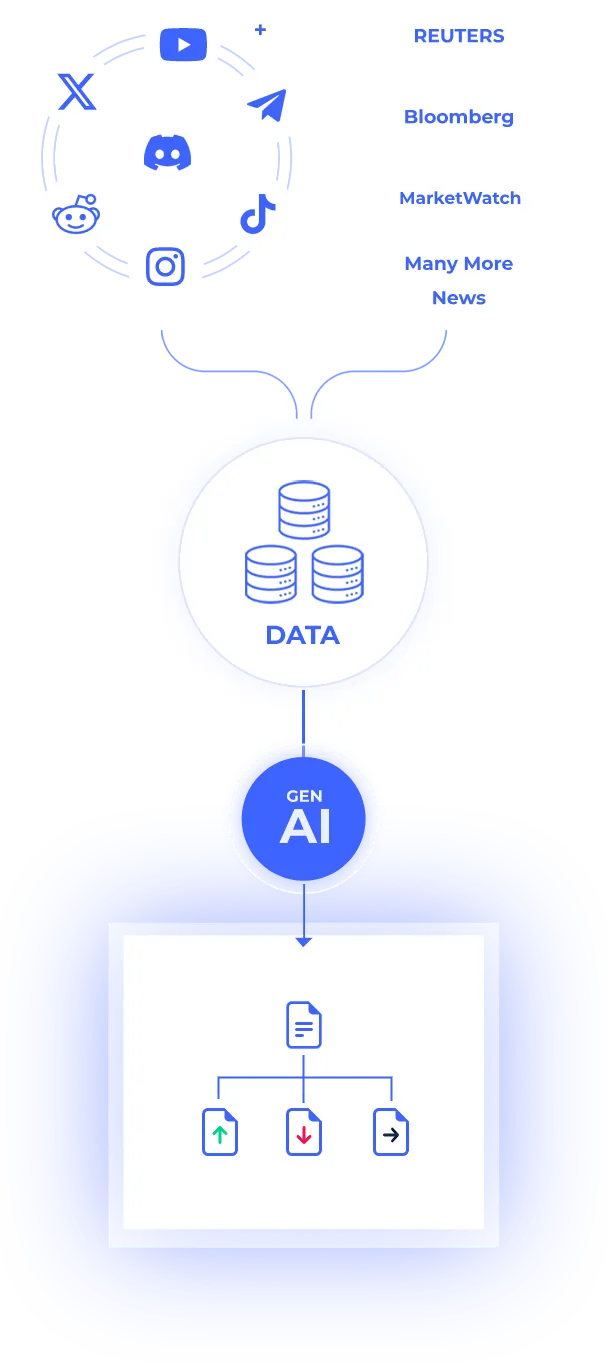Real-Time Social Sentiment for Smarter Financial Decisions
Stockpulse.AI helps financial institutions to make more informed decisions by monitoring social media and extracting actionable insights.
Get Free Trial
Our Clients and Worldwide
Financial Partners

Deutsche Börse AG leverages social media monitoring for trading surveillance, using advanced AI to
detect market manipulation, fraud, and anomalies in real-time, enhancing regulatory compliance and market integrity.

Moody’s utilizes our AI-generated summaries for financial instruments, leveraging our daily output
of thousands of concise reports to enhance market analysis, risk assessment, and decision-making with real-time insights.

Refinitiv utilizes our AI-generated summaries for financial instruments, leveraging our daily output
of thousands of concise reports to enhance market analysis, risk assessment, and decision-making with real-time insights.

Interactive Brokers integrates our AI-driven sentiment analyses for stocks into daily reports and
updates, providing clients with real-time market sentiment insights to support informed trading decisions.

Bursa Malaysia leverages social media monitoring for trading surveillance, using advanced AI to
detect market manipulation, fraud, and anomalies in real-time, enhancing regulatory compliance and market integrity.

Newstex is a news syndication platform that helps us as an intermediary to distribute our daily
output of thousands of AI generated articles.
Global Tier-1
Quantitative Hedge Funds
Quantitative hedge funds leverage our Buzz and Sentiment data for alpha generation and risk
management, using real-time market sentiment insights to refine trading strategies and mitigate investment risks.

BurdaForward integrates our AI-generated summaries, Buzz, and Sentiment values for stocks into their
Finanzen100 app, delivering real-time market insights and trends to enhance user investment decisions.
Global Tier-1
Stock Exchanges
Some of the biggest stock exchanges of the world leverage our social media monitoring for trading
surveillance, using advanced AI to detect market manipulation, fraud, and anomalies in real-time, enhancing market integrity.
European Regulators
Regulators utilize social media monitoring for market surveillance, detecting fraudulent activities,
market manipulation, and emerging risks in real time to ensure transparency, compliance, and stability in financial markets.
Financial Publishing Companies
Financial publishing companies utilize our social media monitoring and AI solutions to develop new
products, generate leads, and deliver real-time market insights, enhancing audience engagement and revenue opportunities.
Global Tier-1
Private Equity Firms
Private equity firms leverage our social media monitoring to enhance deal sourcing and investment
decisions, identifying emerging opportunities, market trends, and sentiment shifts in real time for better strategic insights.

Being part of the Nvidia Inception Program helps us to get access to tools and training for AI
developers and preferred pricing on NVIDIA hardware.
Beyond Fundamental Analysis
By Monitoring
Social Media
Social Media
Using Accurate Sentiments
Generating
Leading Indicators
and Actionable
Alerts
Leading Indicators
and Actionable
Alerts
Stockpulse's Strength
Speed
- Data is collected and processed in real-time
- Crawlers are monitoring thousands of sources continuously
- Entity matching, NLP, database operations only take milliseconds
Stability
- Infrastructure is unique and built proprietary
- All systems have a triple redundancy
- Full control of all processes
History
- 14 years of data
- Collected continuously, data was not backfilled
- Unique datasets and broad source coverage
Customization
- Adjust to individual preferences
- Build custom solutions
- Great flexibility
Unparalleled Coverage
0M+
Messages Daily0M+
Diversified Sources0 Years+
Historical Data0B+
Total Messages Collected0k+
Equities Globally0+
Markets Globally0+
Regions0+
Key EventsAI-Powered Insight Pipeline
- Crawl Social Media
and News - Store &
Structure Data - Augment Data
with AI - Prediction/
Outlook


Stockpulse's Key Benefits
Optimized for
Financial Markets
Accurate
Stock Ticker
Mapping
Long
History and
Point-in-Time Data
Calculating
Accurate
Sentiments
Building
Customized
Views
Providing
Real-time API
integration
Use Cases

Generate Alpha with Social Buzz
- Identify patterns in social buzz and use contextual sentiment to derive actionable trading signals.
- Use extensive historical data sets and point-in-time data to find out the best correlations.
Detect Pump & Dump Early
Identify possible pump & dump schemes early based on suspicious buzz in social media.
 Learn Moreabout detecting pump & dump early
Learn Moreabout detecting pump & dump early



Generate Insights with Social Buzz
- Early Identification of Emerging Trends and Investment Opportunities
- Real-Time Market Sentiment on Portfolio Companies
Empower
Investment Decisions
with Social Monitoring
Gain real-time market insights with social monitoring and enhance your investment strategy today. Contact us to learn more!